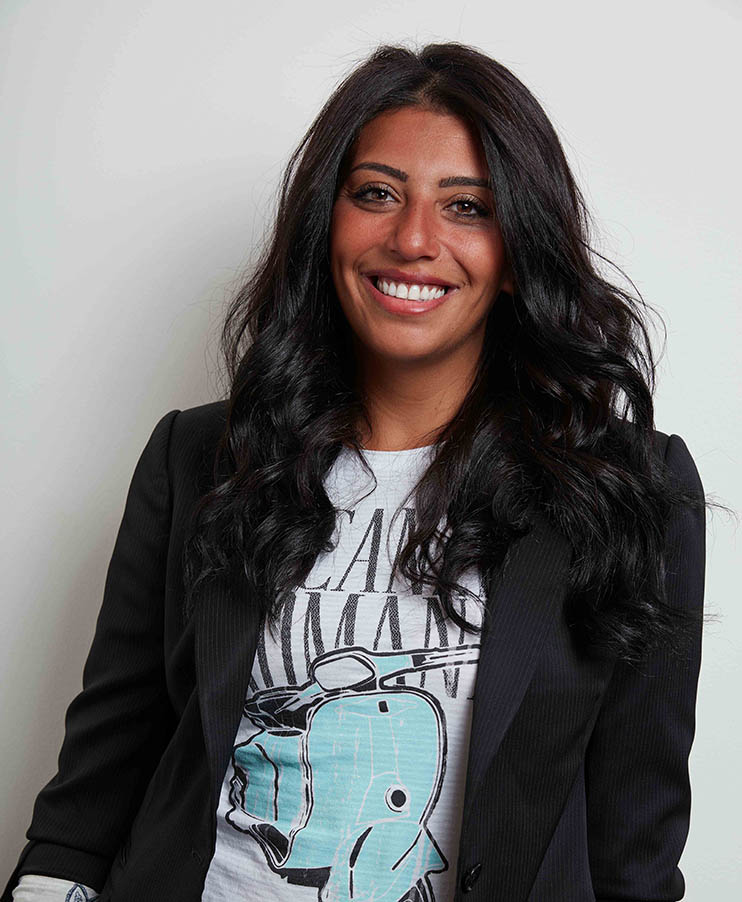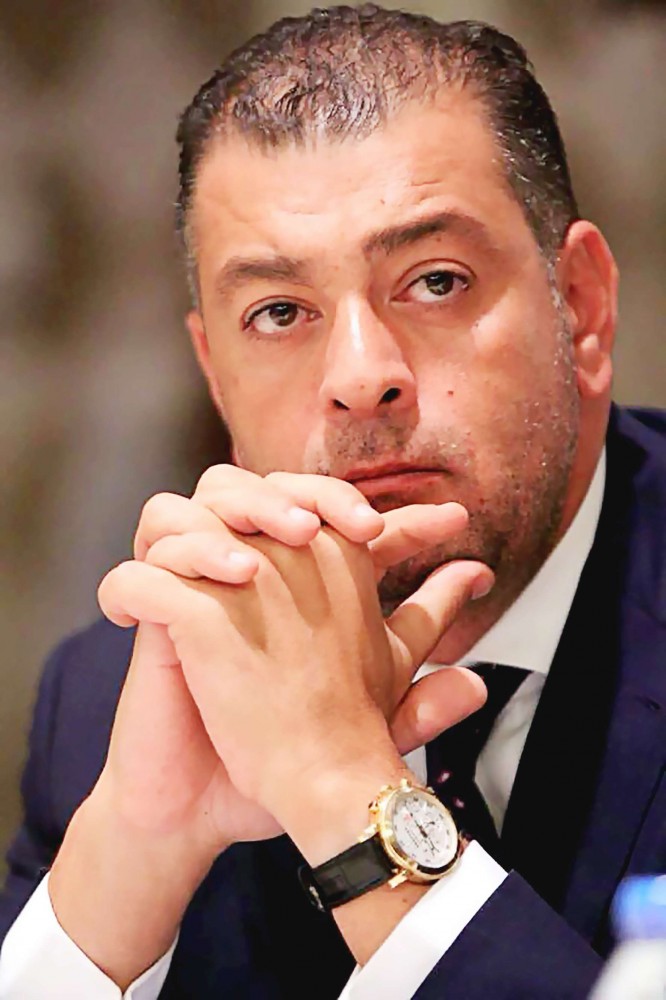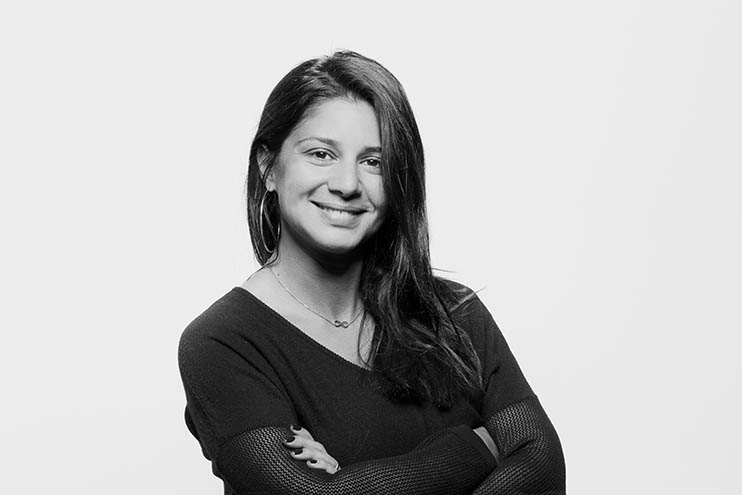News - Advertising
Is a new day dawning for Egypt’s adland?
by Iain Akerman
December 27, 2018

“It’s been a good yet tough year,” says Hany Shoukry, chief executive of J. Walter Thompson Cairo. “There have been a lot of challenges navigating the industry’s new norms.”
How you view Egypt’s advertising industry depends on who you talk to. It is “challenged (optimistically),” says Riham El Sawy, managing director of Mindshare Cairo; “on the rebound,” believes Sahar El Zoghby, chief executive of MCN Egypt; or simply “stuck in a loop”, argues Mohamed Hamdalla, founder of the independent agency King Tut’s Playground.
What is clear is that it’s been a rollercoaster few years for Egypt, its people, and the country’s communications industry. Things have not been easy since the revolution of 2011, with the Egyptian pound being devalued, advertising spend crashing, and unemployment, inflation and public debt rising. To add insult to injury, prices have also risen sharply, accentuating the country’s shift towards widening poverty.
Yet there are signs that the worst could now be over. The World Bank forecasts real GDP growth of 5 per cent this year, increasing gradually to 5.8 per cent by the end of 2020, while the budget deficit is expected to narrow to 9.8 per cent of GDP. Extreme poverty has been practically eradicated and high inflation reined in, with much of the above reflecting positively within the advertising industry.

“The absence of independent media research has made it extremely difficult for agencies and clients to plan their media budgets efficiently and effectively”--Sahar El Zoghby, chief executive of MCN Egypt
“There are positive signs that the industry is/will be regaining its health and growth rate after the recession it suffered in the past couple of years after the devaluation of the Egyptian pound,” says El Zoghby. “There has been an increased level of communication budgets from the real estate industry and banking industry, whether existing players or new entrants. The automotive industry seems to have started regaining a decent activity level as well. Telecoms almost maintained their level of spending from earlier years, specially after the fourth telecom operator’s entry into the market, whereas FMCGs were restricted to multinationals and big local brands who maintained their previous pattern. The medium-sized ones reduced quite a lot and the small ones almost stopped their ATL communication budgets.”
The increases are reflected in the adspend predictions of Zenith, which forecasts spend to rise by 3.2 per cent this year, followed by increases of 4.2 per cent and 7.1 per cent in 2019 and 2020 respectively. This year total spend is expected to hit $465.9 million, compared with $451.3 million in 2017, although these figures, as always, should be approached with caution.
Not that problems don’t remain. Egypt’s population has surged to almost 100 million and is growing by an estimated two million people a year, adding the equivalent of the entire population of Slovenia annually. Within the next 40 years – if current rates persist – Egypt will hit between 160 and 180 million people, leapfrogging Russia and Japan (both of which have falling populations) by 2050. Such increases will only compound and magnify energy, water and food shortages.

“The Egyptian market has been facing major challenges, starting with the lack of TV measurement and at the same time the enormous and continuous growth and upgrades of the digital world.”--Karim Tawfik, general manager of UM Cairo
The country’s population crisis is the result of a multitude of demographic, social, economic and political factors, with Egypt currently endowed with the largest proportion of young people in its history. This so called ‘youth bulge’ is associated with an increase in the population as those young people get married and have children. The country’s fertility rate also stands at 3.47, far higher than 2.1, the level at which a population remains roughly stable.
From an industry perspective, there appears to be some level of confusion surrounding traditional media, particularly in relation to TV, with numerous changes within the structure of channel ownership. There is also a huge hole where a unified TV currency should be, says El Sawy, while rapid increases in digital spend and shifts within the field of digital communication have meant an atmosphere of perpetual evolution. “So many changes in a short period of time,” she says. “Adapting and being agile is the only solution to succeed. The industry state is not good or bad, but a transitional one.”

“Adapting and being agile is the only solution to succeed. The industry state is not good or bad, but a transitional one.”--Riham El Sawy, managing director of Mindshare Cairo
“The Egyptian market has been facing major challenges in the past year, starting with the lack of TV measurement and at the same time the enormous and continuous growth and upgrades of the digital world,” says Karim Tawfik, general manager of UM Cairo. “Working without a TV measurement tool posed a major obstacle in front of industry stakeholders. Agencies started implementing their own research tools in an effort to compensate for the absence of a unified industry research currency.
“On the other hand, the digital boom is still exploding in the market, the industry is seeing the full potential of digital through its powers of targeting, segmentation and ROI. New technology platforms are on the rise every day, such as programmatic technologies and mobile technologies. Although the multinationals are the ones leading and pioneering in this digital boom, the local market is steadily catching the wave.”
“The absence of independent media research has made it extremely difficult for agencies and clients to plan their media budgets efficiently and effectively, although there are strong indications that a solution will be put in place by the end of the first quarter of next year,” says Zoghby.
Zoghby also estimates that digital now accounts for between 25 and 40 per cent of clients’ communications budgets, which is driving the necessity for agencies to re-invent themselves in the face of technical innovation and advertising’s continued transformation. Digital and brand experience are on the rise, TV, print and radio are suffering, just as ecommerce is slowly increasing in importance. The latter, though, is hampered by Egypt’s cash-based society.

“The work has been regressing. It feels like the 90s again, when it was all about jingles. […]The industry in Egypt needs a drastic change.”--Hany Shoukry, chief executive of J. Walter Thompson Cairo
“Seventy-two per cent of customers use cash for their ecommerce purchases and only eight per cent of internet users are online shoppers,” points out Shoukry.
“It’s an experience and content driven industry now more than ever,” says Lina Fateen, managing director of Momentum Egypt, adding that the reality on the ground is more challenging than it has ever been “because the dynamics of the entire industry have shifted. Fast and cheap are now givens that you have to tick the boxes of. Media clutter within nearly all media mandates that you cut through to be seen and heard. The combination of fast, cheap and cut through is super difficult”.
Cutting through clutter is only truly possible with great creative and, in terms of the work, there is a discernible sense of apathy or disappointment from both observers and those within the industry. Egyptian creativity, in short, has seen better days.

“We have noticed that no new talent is emerging. The creatives that have learned about concept generation and brand building mostly all have converted to being advertising/film directors.”--Mohamed Hamdalla, founder of independent agency King Tut’s Playground
As Hamdalla says, “the ads themselves seldom intrigue me”. Damning words if ever there were any. “From what little I see, I feel that this year is like the previous few years,” he adds. “For me this is bad, because I judge advertising based on originality and novelty. With most of the things coming out of the market I feel like I’ve seen them before. Just recycled stuff.”
Shoukry agrees. “The work has been regressing. It feels like the 90s again, when it was all about jingles. The advertising industry is being pushed towards entertaining the viewer, rather than bringing a meaningful and unmatched experience to a consumer.”
For Hamdalla, two trends stick out. “We’ve noticed a lot of local agencies open up, most of them headed by people we have never heard of,” he says. “Young people who have no experience in our field. They have friends/connections on the client side so they get awarded some projects – at a ridiculously low price. So some clients now expect prices to go down from their agencies. Some agencies, even large multinationals, had to comply as they were losing a big amount of business. A lot of multinationals, if not all, are heavily downsizing this year.
“We have also noticed that no new talent is emerging. The creatives that have learned about concept generation and brand building mostly all have converted to being advertising/film directors. For some reason it’s become the natural evolution of an advertising creative. So they leave the agency without teaching the generation below them and the big agencies are left with young uninspired creatives that haven’t been taught thoroughly enough. Therefore, the concepts that come out are mostly shaky at best. The creatives are weak and rely on directors (that used to be advertising creatives themselves) to fix their botched concepts.”

“Fast and cheap are now givens that you have to tick the boxes of. Media clutter within nearly all media mandates that you cut through to be seen and heard.”--Lina Fateen, managing director of Momentum Egypt
The end result is a loss of brand character, believes Hamdalla, with advertising now resembling the style of the director who’s directed it. Building brands has therefore gone out the window.
“Clients have the power to change this,” insists Hamdalla. “They need to demand more from their agencies. Unfortunately clients when listening to a creative presentation now look for the ‘joke’ in the execution. If there is a witty joke or punchline in the idea presented they go for it. Overlooking if the idea is strategically correct, if the idea will move their product, and even if the idea is new. We find clients asking us to show them a reference of how the final ad will look, then we tell them that we don’t know yet because we haven’t seen anything like we wanted to do yet. They are shown ads done in other markets and are told by their agency ‘we will do it like this’. For me, the reason an agency gets paid is to come up with a solution that is unique to the brief, not a recycled ad initially made for something else. This type of practise I believe cheapens the role of the agency. If the clients don’t demand great work, then the output will keep deteriorating.”
Shoukry, who believes a major shift in mindset is necessary, says the marriage of data and experience is integral to owning the hearts and minds of consumers.
“Apart from the challenges being faced in media, the industry in Egypt needs a drastic change,” says Shoukry. “And whilst content may be king, experience is queen of all. It’s no longer about TV or doing multiple brand activities in silos. The consumer is looking for value in everything they may encounter. The solution is not in the content, but rather in the holistic planning of how such a brand or product adds value to their lives.”
He adds: “It’s all about getting back to basics. Now is the time for communication agencies to lead the way with their integrated brand solutions, which will enable the planning and implementation of experience journeys. We are in the data era – brand intelligence is the next happening. Agencies will have access to the consumer in every minute of their lives. This is an opportunity that can’t be missed.”











